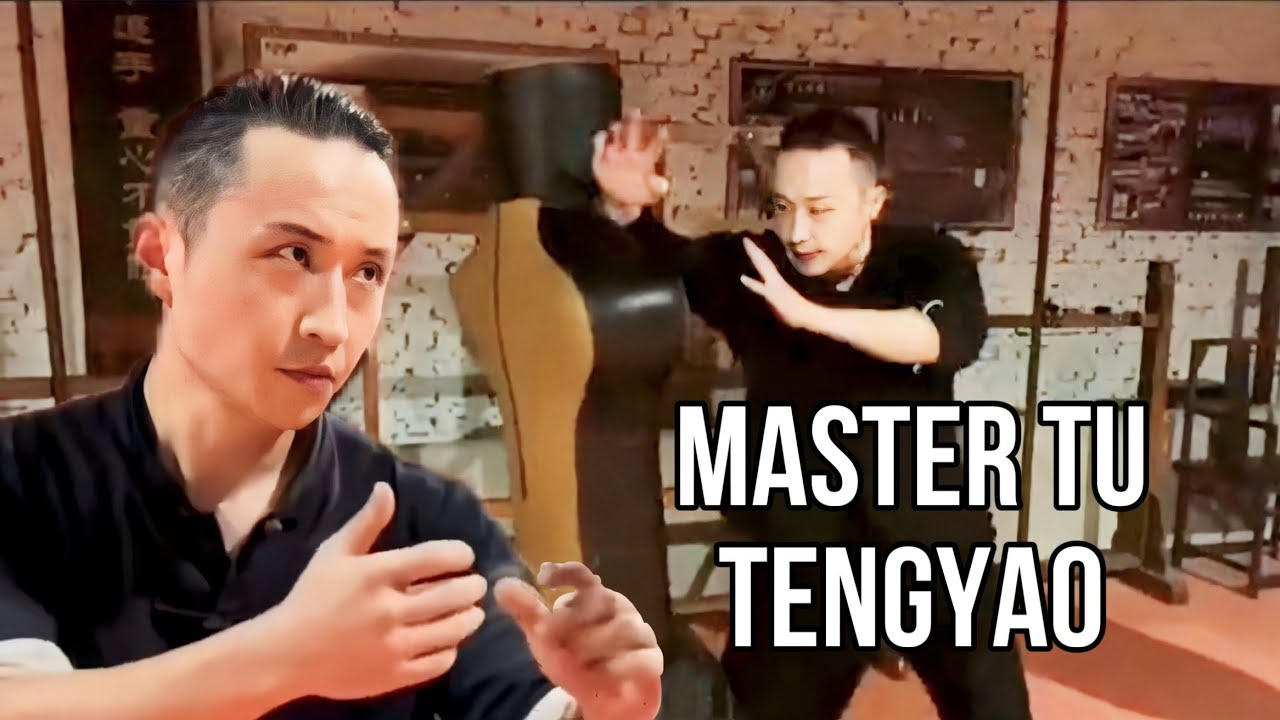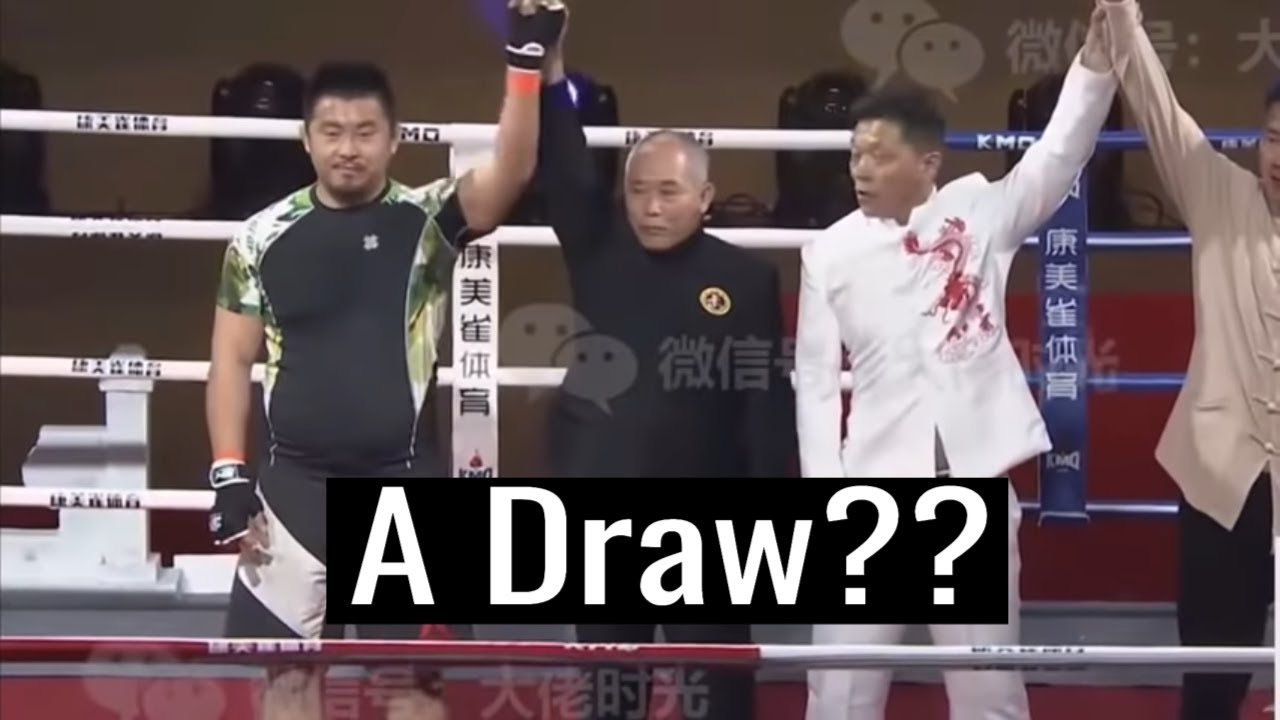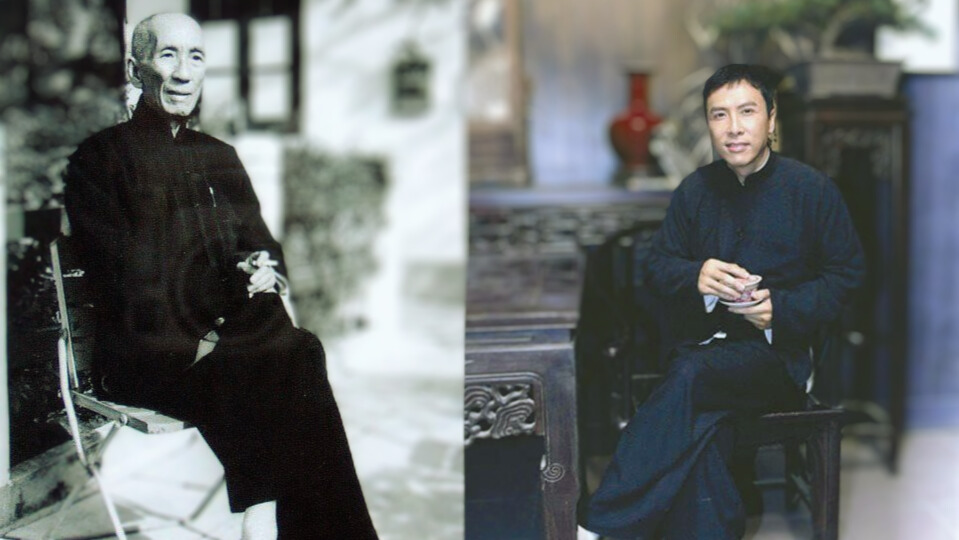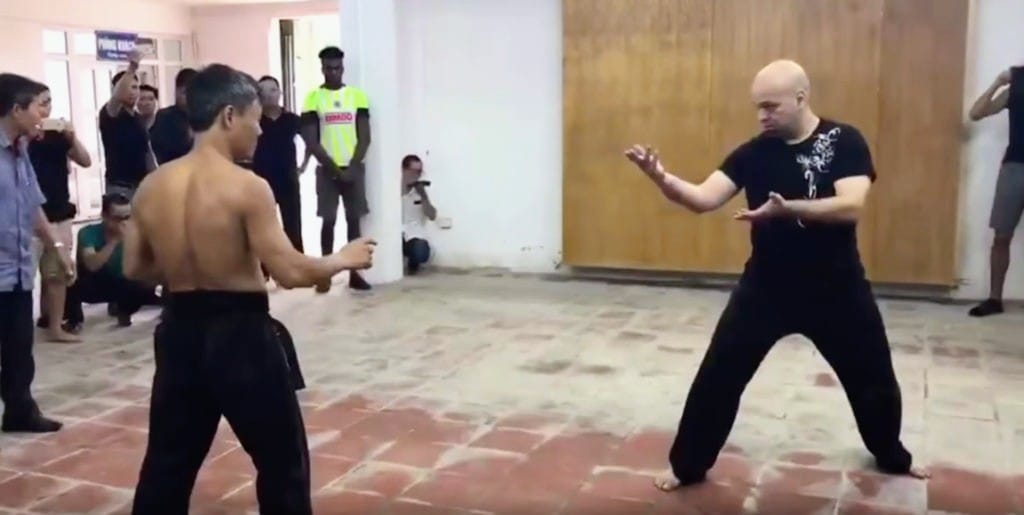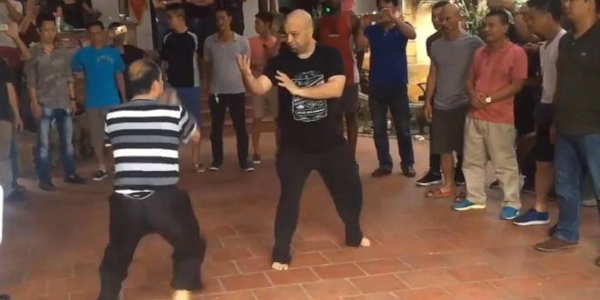Master Wing Chun in No Time: Top 5 Must-Learn Moves for Beginners
Reading time: 5 minutes
An Introduction to Wing Chun
As a martial art style that hails from Southern China, Wing Chun is known for its fast, compact strikes, a perfect discipline for those who want to learn self-defense techniques. Our e-Book 'Master Wing Chun in No Time' captures the essence of this quick and decisive martial art.
New to Wing Chun? Top 5 Moves for Beginners
Wing Chun may seem overwhelming at first but don't fret! We've narrowed down the top five moves that every beginner must know. These steps provide the perfect building blocks to develop your Wing Chun expertise.
1. Understanding the Centerline Punch in Wing Chun
Wing Chun, a renowned martial arts discipline originating from China, holds certain techniques and principles in high regard. One such fundamental technique is the centerline punch. To the untrained eye, it may seem like just another punch, but its strategic significance in Wing Chun cannot be overstated.
The concept behind the centerline punch is anchored on the idea of an imaginary 'centerline' that runs vertically down the middle of the human body. This line is significant in martial combat because it encompasses many of the body's most vital points, including the nose, throat, solar plexus, and groin. Landing a blow on these areas can incapacitate or at least significantly hamper an opponent, giving the attacker a distinct advantage.
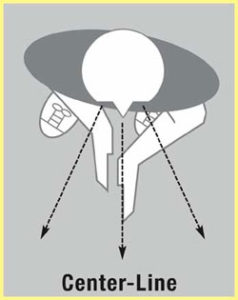

Punching along this centerline does not just increase the chance of hitting these critical points, but it also serves other purposes. By focusing attacks on the centerline, a practitioner ensures that their own vital areas are better protected, as they maintain a position that shields their body's vulnerable points. Additionally, this linear approach is direct and efficient, enabling faster strikes without unnecessary winding up or excessive motion.
Moreover, the centerline punch's straightforward trajectory ensures minimal telegraphing of the move, making it harder for the opponent to predict or dodge the incoming blow. This deceptive simplicity offers both a defensive and offensive advantage in combat situations.
In summary, the centerline punch in Wing Chun is more than just a punch; it's a strategic tool designed for efficiency, protection, and effectiveness. By targeting the body's most vital points along the centerline, practitioners increase their chances of landing debilitating strikes, all while keeping themselves safeguarded. This holistic approach to combat embodies the essence of Wing Chun: direct, efficient, and deadly.
2. Pak Sau: An Essential Block
The Pak Sau, or "slapping hand," is a fundamental defensive maneuver in the Wing Chun martial art system. Unlike brute-force blocking methods, Pak Sau employs a subtle, efficient redirection strategy. The objective is to deflect an opponent's strike, steering it away from one's vital centerline. By doing so, the practitioner not only nullifies the threat but also positions themselves advantageously for a counterattack.


This technique emphasizes Wing Chun's principle of using an opponent's energy against them, showcasing the art's focus on intelligent, adaptable defense.
3. The Dynamic Tan Sau in Wing Chun

The Tan Sau, intrinsic to Wing Chun, exemplifies the art's fluid transition between defense and offense. More than a mere block, this technique seamlessly parries an opponent's strike while setting the stage for an immediate counter. By employing Tan Sau, practitioners not only neutralize threats but also capitalize on openings, turning defense into a swift counterattack. This dual-purpose move epitomizes Wing Chun's efficiency and adaptability in combat.
4. Fook Sau: The Bridging Hand of Wing Chun
In the realm of Wing Chun, the Fook Sau, often referred to as the "bridging hand," plays a pivotal role in the art's strategy. It's more than just a defensive move; it's about establishing a tactile connection with the opponent. By creating this "bridge" on an opponent's limb, the practitioner gains the advantage of sensing incoming force, gauging its direction and strength. This intimate connection facilitates not just defense, but also control, paving the way for timely counters and manipulations. Through Fook Sau, Wing Chun enthusiasts embrace the philosophy of staying connected, adapting, and redirecting, highlighting the art's depth and finesse.
5. Bong Sau: Wing Chun's Defensive Safety Net

The Bong Sau, aptly named the 'wing hand,' stands as Wing Chun's contingency plan during combat. Not primarily a standard block, it serves as a last-resort defense when other techniques falter. This move comes into play when conventional defenses miss their mark, providing practitioners a secondary shield against unforeseen threats. In essence, Bong Sau is Wing Chun's embodiment of adaptability and resilience in the face of unpredictability.
A Sneak Peek into the Master's Guide
These five Wing Chun moves are just the beginning of your journey. Our E-book - Wing Chun: Practical Introduction to Self-Defense is an abundant resource for aspiring Wing Chun practitioners. And here's the best part: you can download a free chapter here to get started!
Grab Your Discounted Copy Today!
This fantastic resource is currently available at an exclusive discount of 55%. An opportunity not to be missed for would-be martial arts maestros. Hit the ground running your Wing Chun journey with us!
Thank you. Your comment will be approved shortly.
Comments
Thank you. Your comment will be approved shortly.
Thank you. Your comment will be approved shortly.
Thank you. Your comment will be approved shortly.
Thank you. Your comment will be approved shortly.
Thank you. Your comment will be approved shortly.










